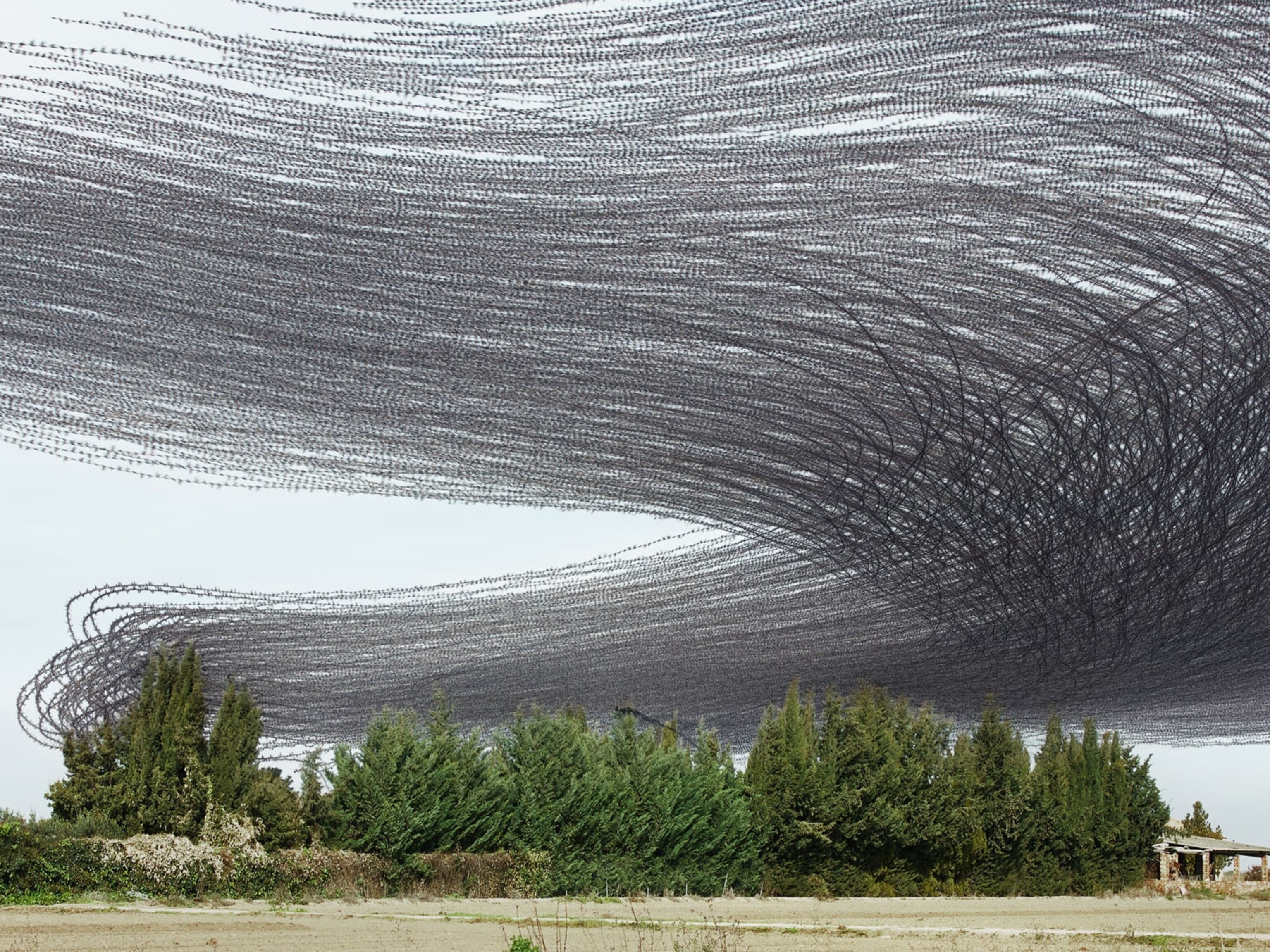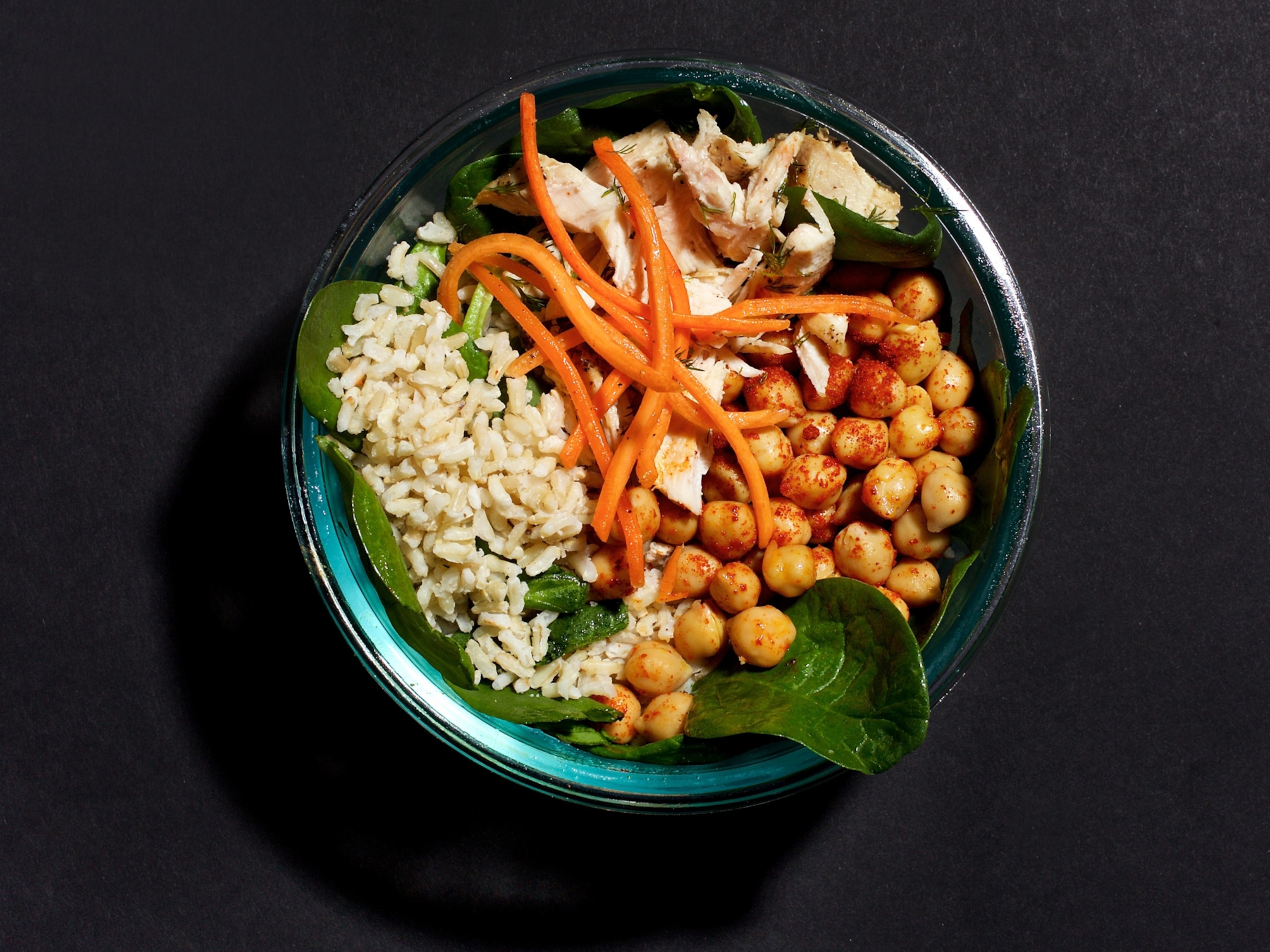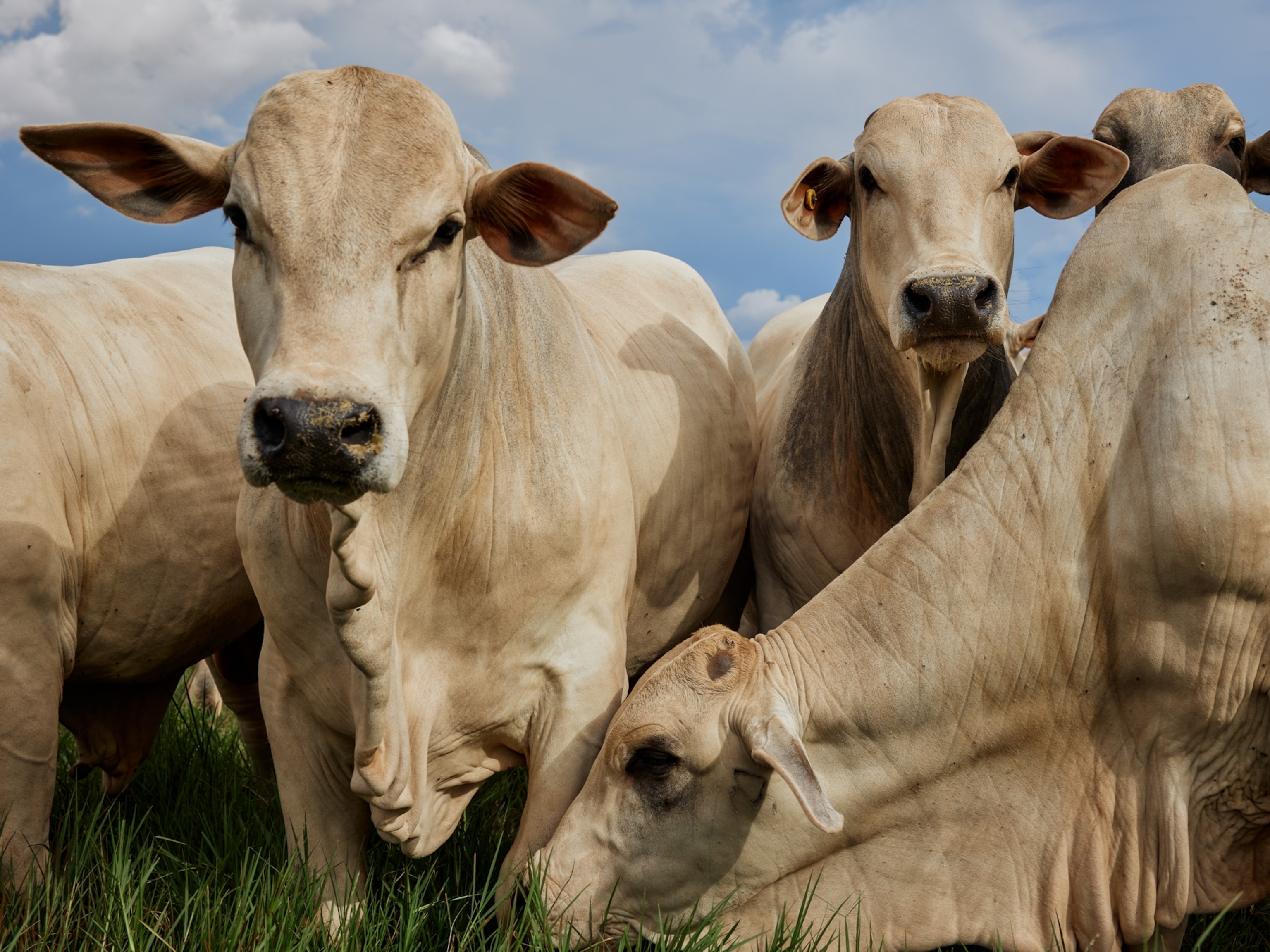
If Rembrandt Painted Farm Animals, They’d Look Like This
For a lot of us, “chicken” is a piece of white meat that’s better for you than a piece of red meat. Because really, how often do we see a chicken if it’s not on our plates?
But there was a time when we were intimately connected with livestock and fowl, a relationship evident in our most important stories and our popular culture, from Chicken Little to the Biblical parable of the lost sheep to “Old Macdonald Had a Farm.” We come from people who used to be able to tell two sheep apart.

“In modern times most of us have lost connections with the land and the livestock that sustain us,” says New Zealand photographer Cally Whitham. “Instead of knowing animals individually, we’re mostly just familiar with lamb, beef, chicken, or pork as a product.” Reforming these lost connections is what motivated Whitham to create farm animal portraits that look like Dutch master paintings.

It sounds romantic, but there are real consequences to being so divorced from something we still rely on to survive. Our health, the health of animals, and the health of the planet are closely tied to how we farm, and how we farm is in some ways affected by how we view the animals we farm.

“The philosopher Elaine Scarry has observed that ‘beauty always takes place in the particular,'” says author Jonathan Safran Foer in his aptly named book Eating Animals. “Cruelty, on the other hand, prefers abstraction.”
It’s easy for us to accept factory farming in the abstract. But perhaps developing a reverence for, or at least a familiarity with, the very particular beauty present in the face of a Wessex crossbreed pig or a blue silkie cockerel is a good place to begin mending the divide.

“I wanted to portray the animals as dignified individuals, photographed in a way that lent them a value, an importance, that was of the same weight as paintings of aristocracy or our ancestors,” says Whitham. “Our perceptions have changed but their importance has not. I wanted to give back to them a light they had lost.”
Whitham’s photos are made to look more like paintings during post-processing, when she carefully adds layers of lightness and darkness, creating a dramatic chiaroscuro effect.

Getting these animals to pose for a portrait was a challenge. And sheep were by far the most difficult to capture. “The minute you spook one, they all take off,” she says. “There is a very fine line between them turning to look at you as you approach and them fleeing.” Fowl are also tricky—it’s hard to get them to look at the camera, and your best bet for getting a good picture is from inside their coop. Cows, on the other hand, are very curious, but, according to Whitham, “can also be pretty scary if they stampede down a hill at you.”

Whitham lives in a rural area and actually has a few alpacas and chickens on her property, but she isn’t a vegetarian and doesn’t pretend to behave perfectly at the supermarket. “I do put ‘animal products’ into my trolley, and I try not to think about the individual who has died so I may eat,” she says. “But I do buy carefully. I think if we’re going to continue to eat animals we must give them the best lives and deaths possible.”

When we see a portrait hanging in a gilded frame on a museum wall, we believe that what (or who) we see pictured is of great importance. And by capturing a Murray grey cow in the right pose, in good light, and with a degree of potential in its eye, Whitham is reminding us of that importance. We rely on these animals, which are as diverse in breed as man’s best friend, and they deserve our respect.
See more of Cally Whitham’s work on her website.
You May Also Like
Go Further
Animals
- This ‘saber-toothed’ salmon wasn’t quite what we thoughtThis ‘saber-toothed’ salmon wasn’t quite what we thought
- Why this rhino-zebra friendship makes perfect senseWhy this rhino-zebra friendship makes perfect sense
- When did bioluminescence evolve? It’s older than we thought.When did bioluminescence evolve? It’s older than we thought.
- Soy, skim … spider. Are any of these technically milk?Soy, skim … spider. Are any of these technically milk?
- This pristine piece of the Amazon shows nature’s resilienceThis pristine piece of the Amazon shows nature’s resilience
Environment
- This pristine piece of the Amazon shows nature’s resilienceThis pristine piece of the Amazon shows nature’s resilience
- Listen to 30 years of climate change transformed into haunting musicListen to 30 years of climate change transformed into haunting music
- This ancient society tried to stop El Niño—with child sacrificeThis ancient society tried to stop El Niño—with child sacrifice
- U.S. plans to clean its drinking water. What does that mean?U.S. plans to clean its drinking water. What does that mean?
History & Culture
- Séances at the White House? Why these first ladies turned to the occultSéances at the White House? Why these first ladies turned to the occult
- Gambling is everywhere now. When is that a problem?Gambling is everywhere now. When is that a problem?
- Beauty is pain—at least it was in 17th-century SpainBeauty is pain—at least it was in 17th-century Spain
- The real spies who inspired ‘The Ministry of Ungentlemanly Warfare’The real spies who inspired ‘The Ministry of Ungentlemanly Warfare’
- Heard of Zoroastrianism? The religion still has fervent followersHeard of Zoroastrianism? The religion still has fervent followers
Science
- Here's how astronomers found one of the rarest phenomenons in spaceHere's how astronomers found one of the rarest phenomenons in space
- Not an extrovert or introvert? There’s a word for that.Not an extrovert or introvert? There’s a word for that.
- NASA has a plan to clean up space junk—but is going green enough?NASA has a plan to clean up space junk—but is going green enough?
- Soy, skim … spider. Are any of these technically milk?Soy, skim … spider. Are any of these technically milk?
- Can aspirin help protect against colorectal cancers?Can aspirin help protect against colorectal cancers?
Travel
- What it's like to hike the Camino del Mayab in MexicoWhat it's like to hike the Camino del Mayab in Mexico
- Is this small English town Yorkshire's culinary capital?Is this small English town Yorkshire's culinary capital?
- Follow in the footsteps of Robin Hood in Sherwood ForestFollow in the footsteps of Robin Hood in Sherwood Forest
- This chef is taking Indian cuisine in a bold new directionThis chef is taking Indian cuisine in a bold new direction



